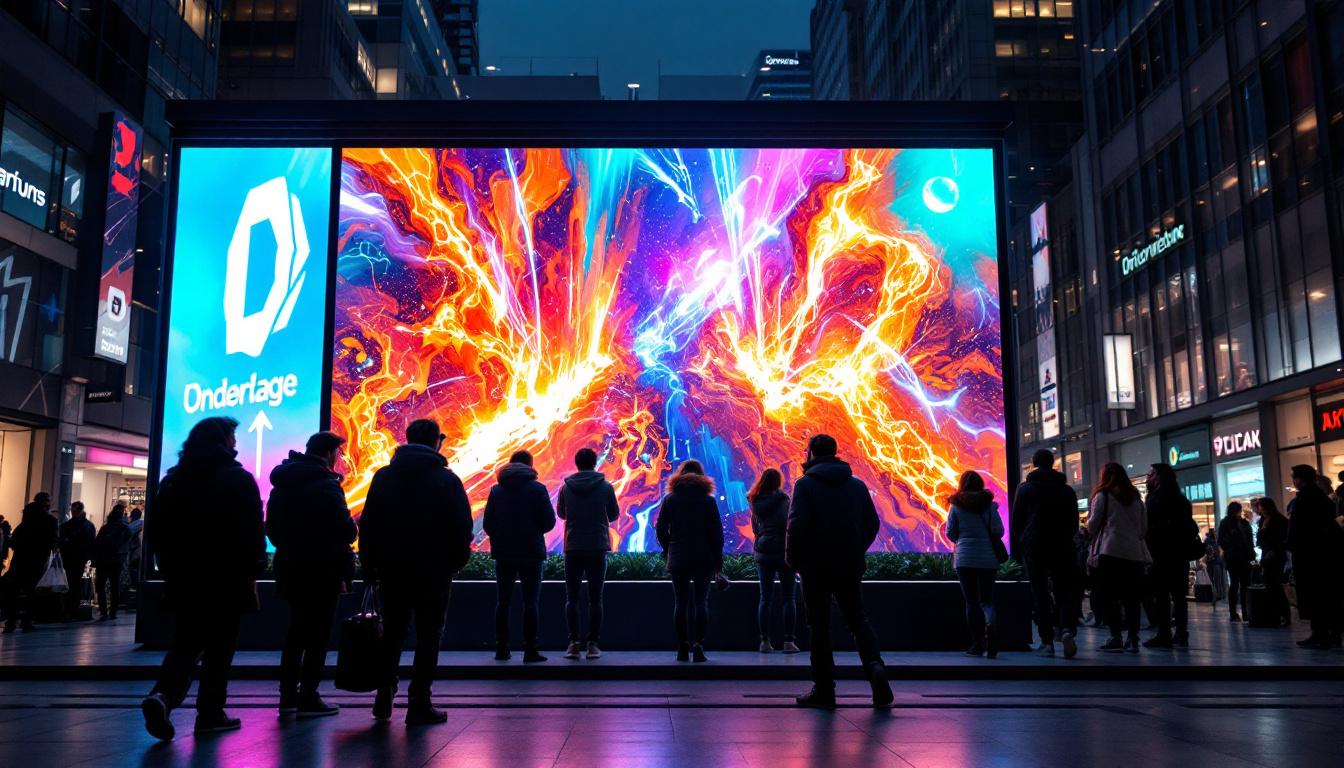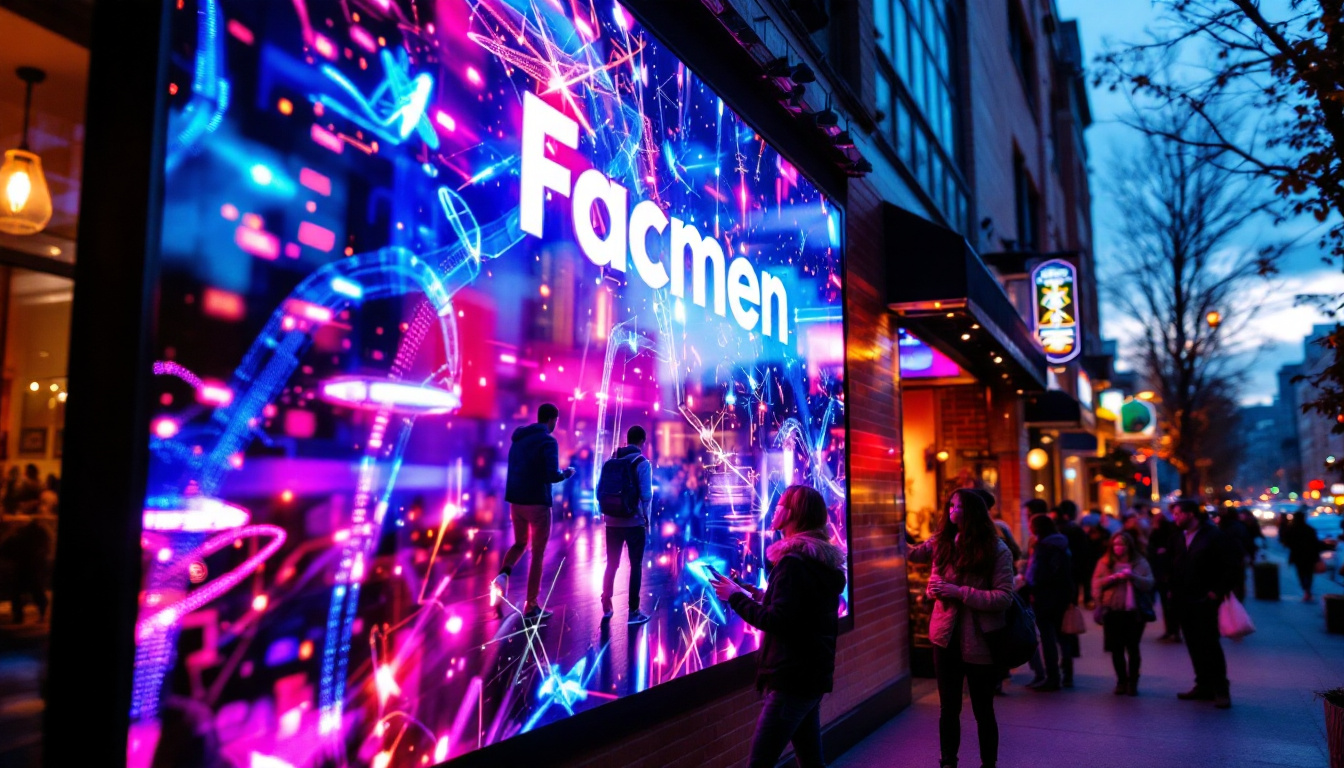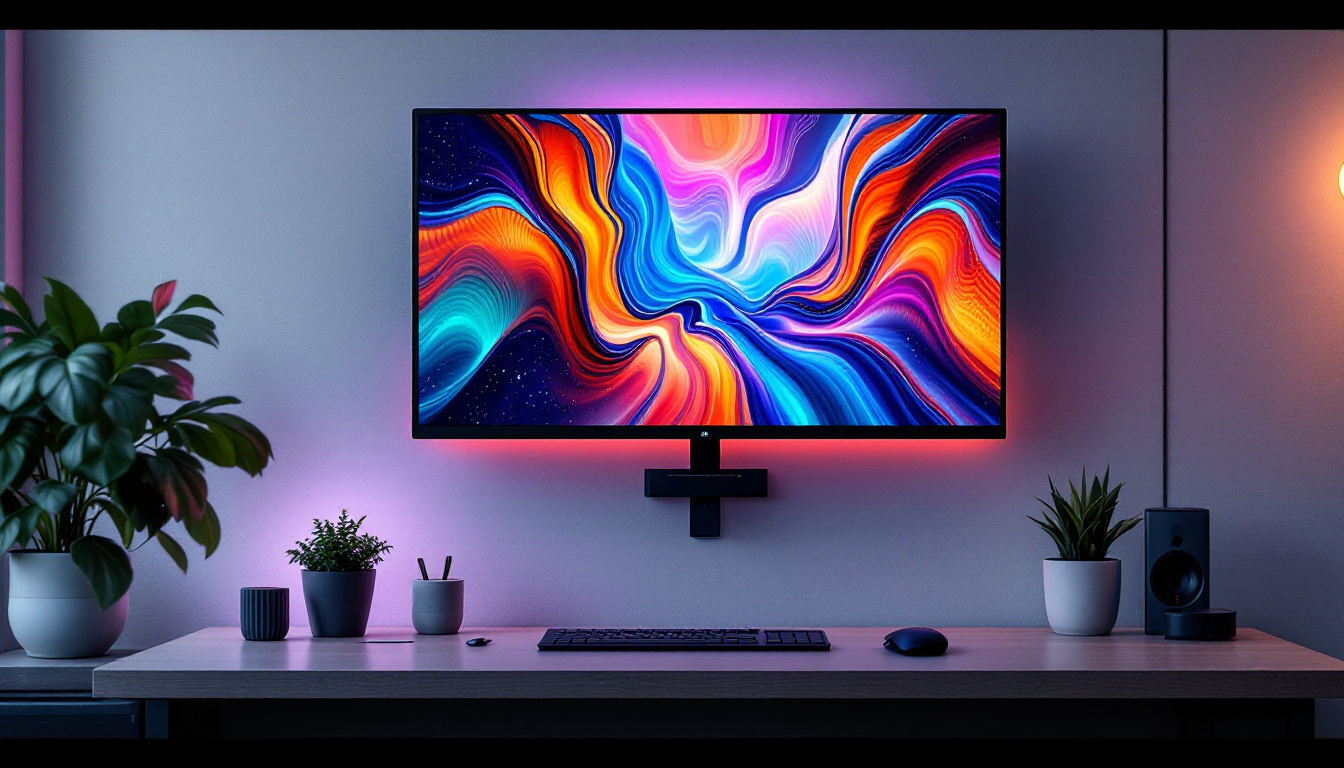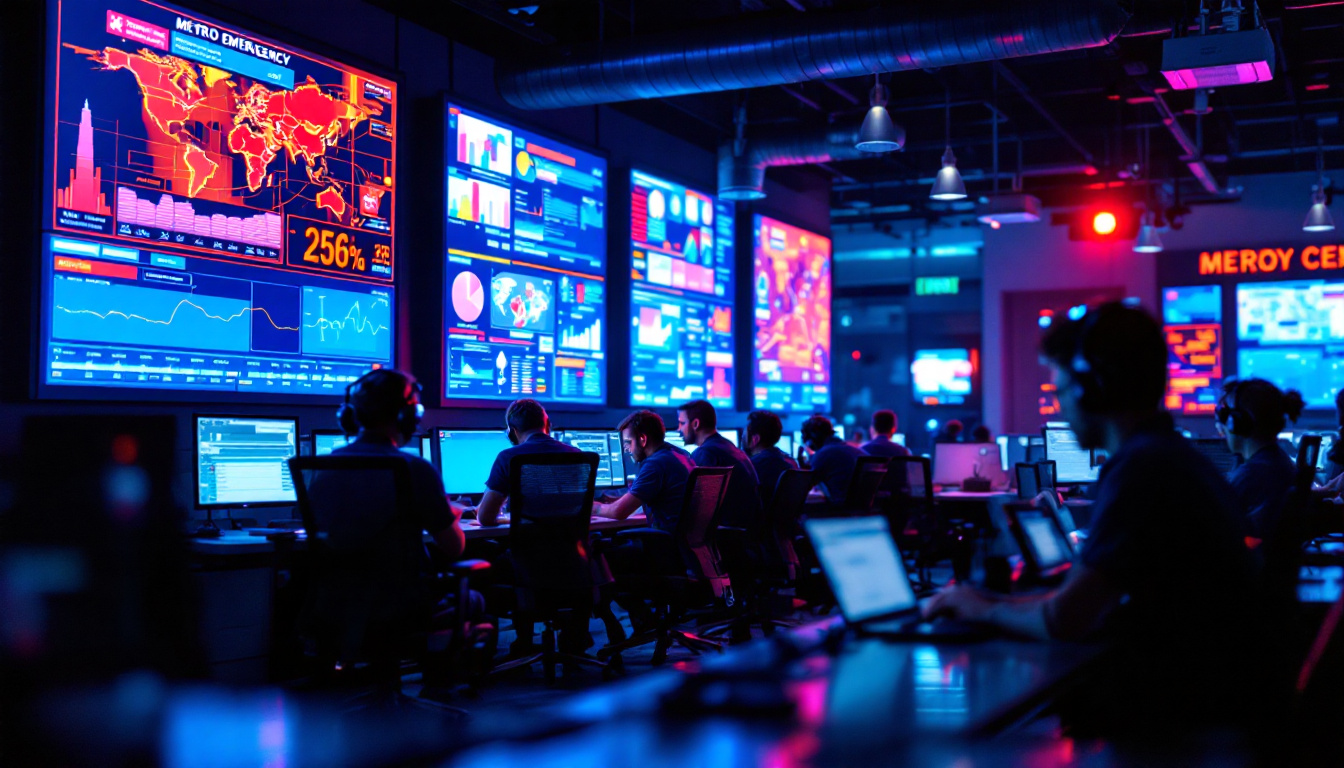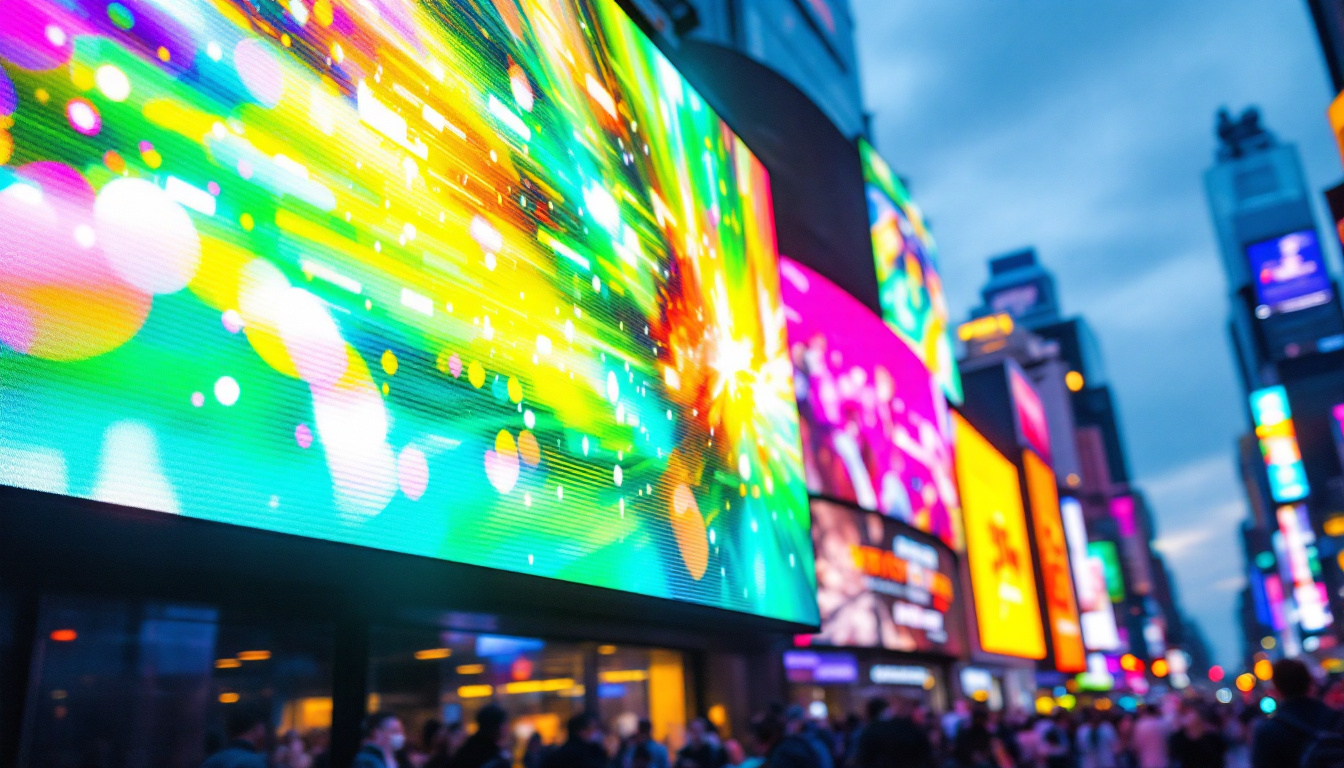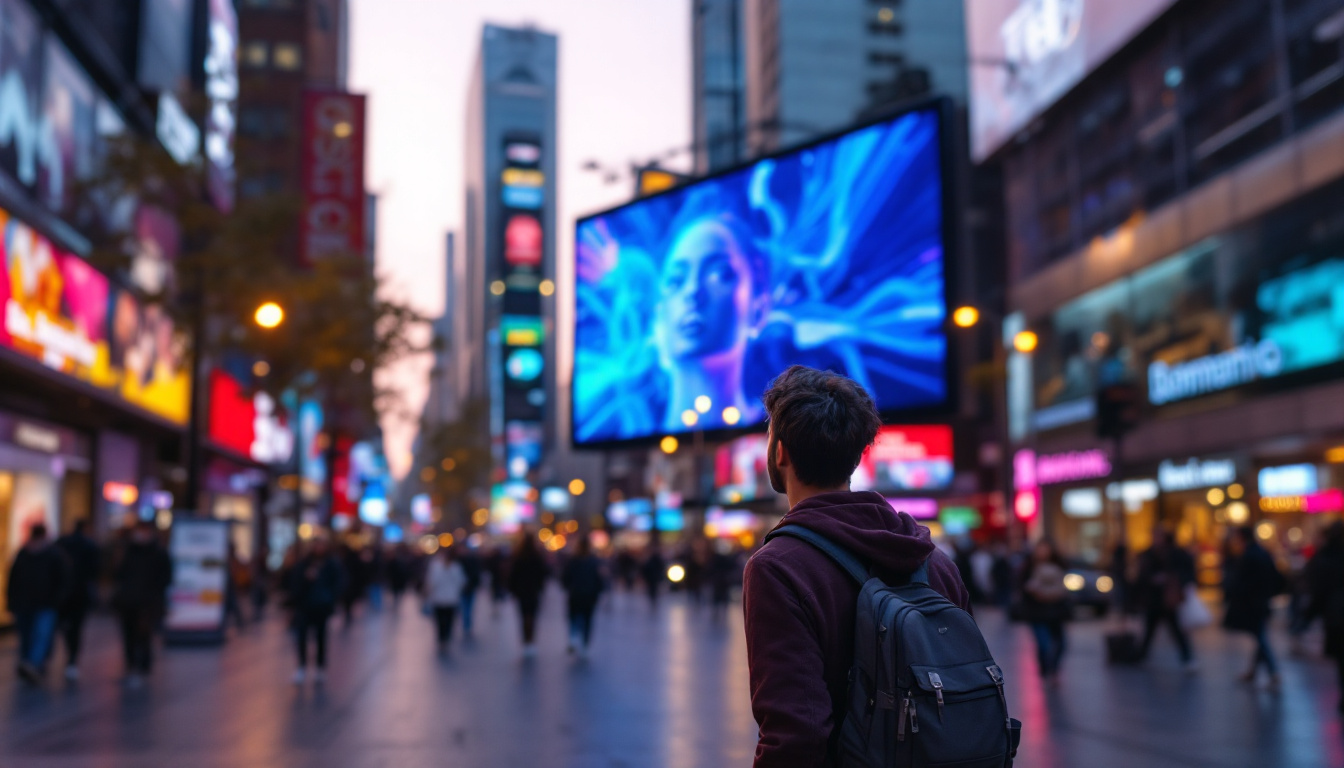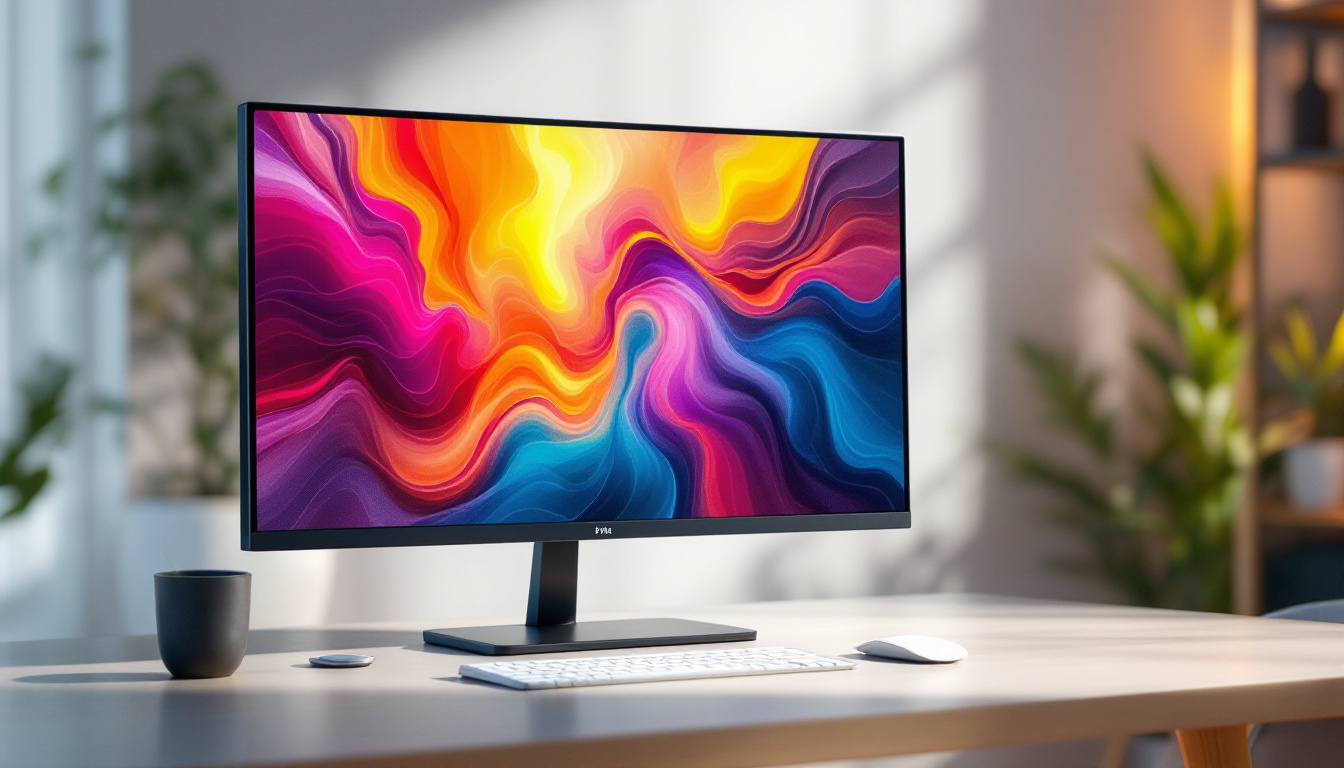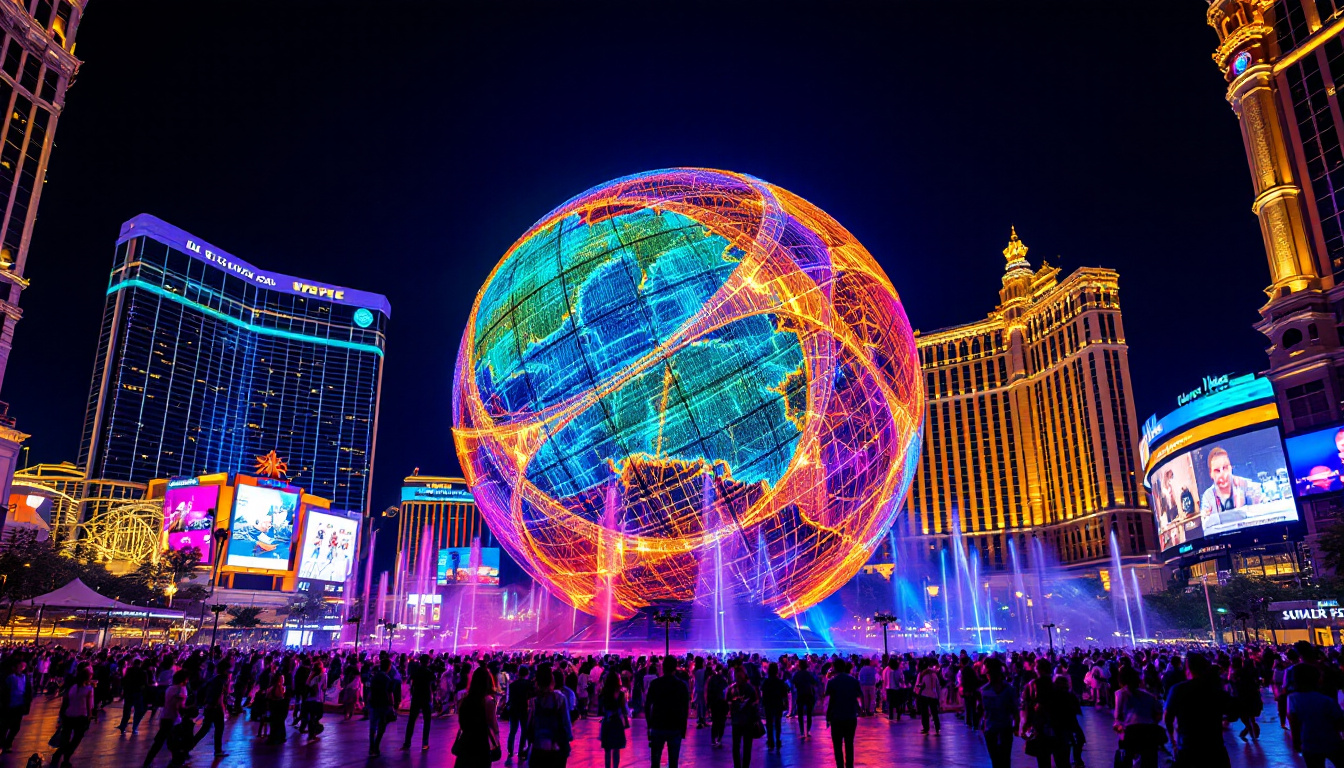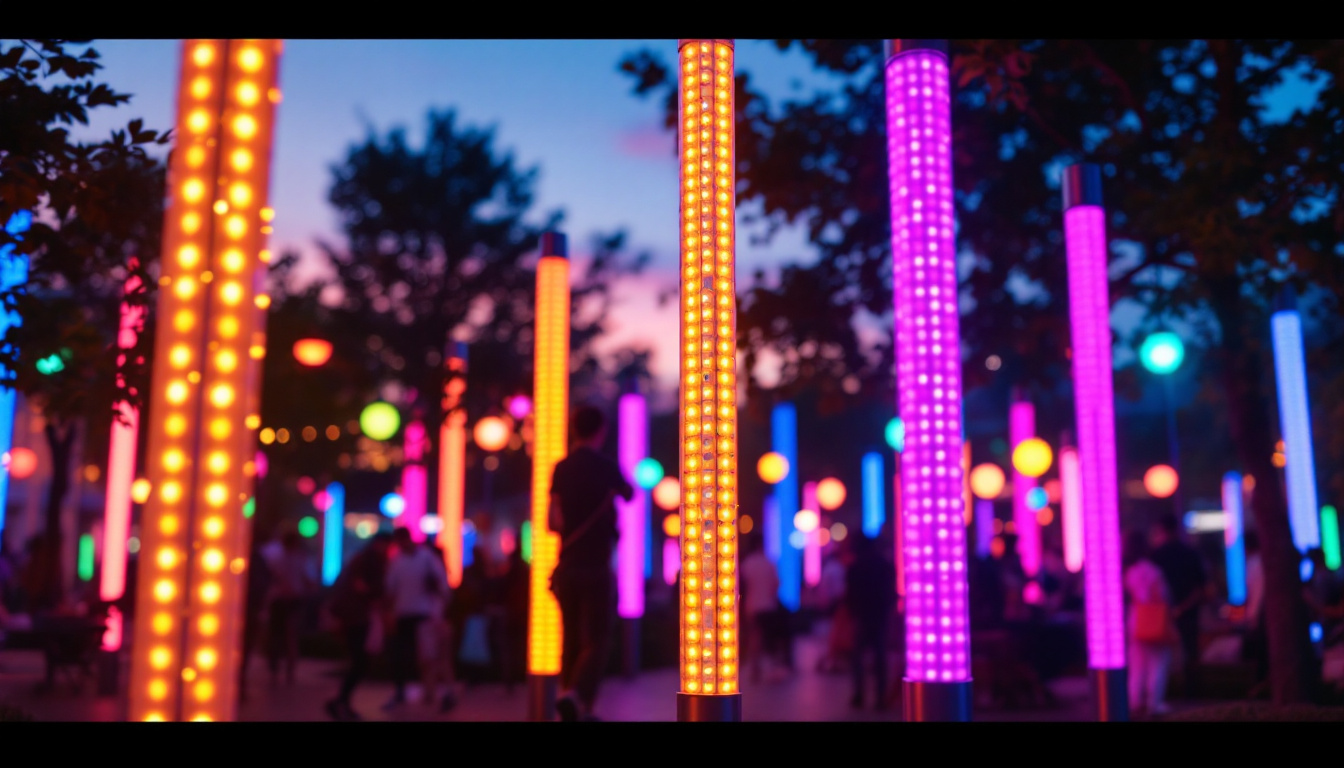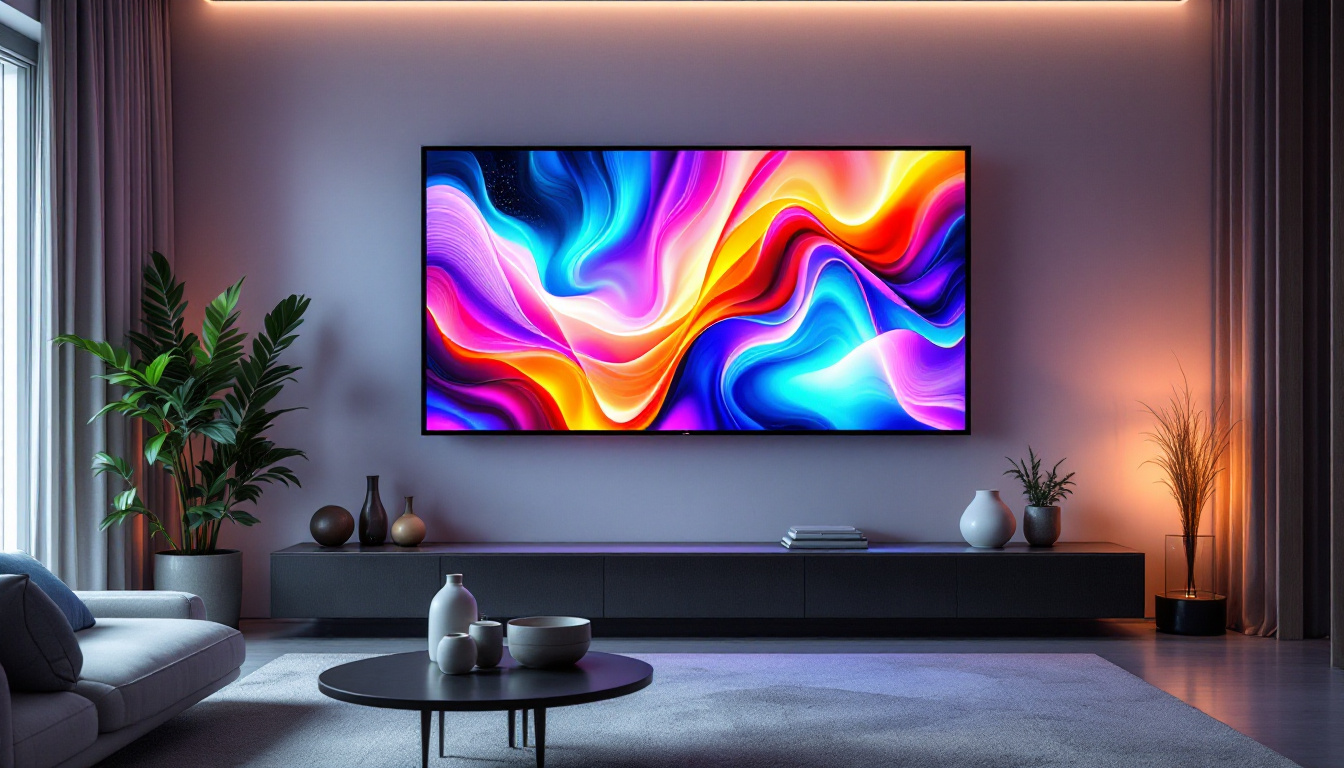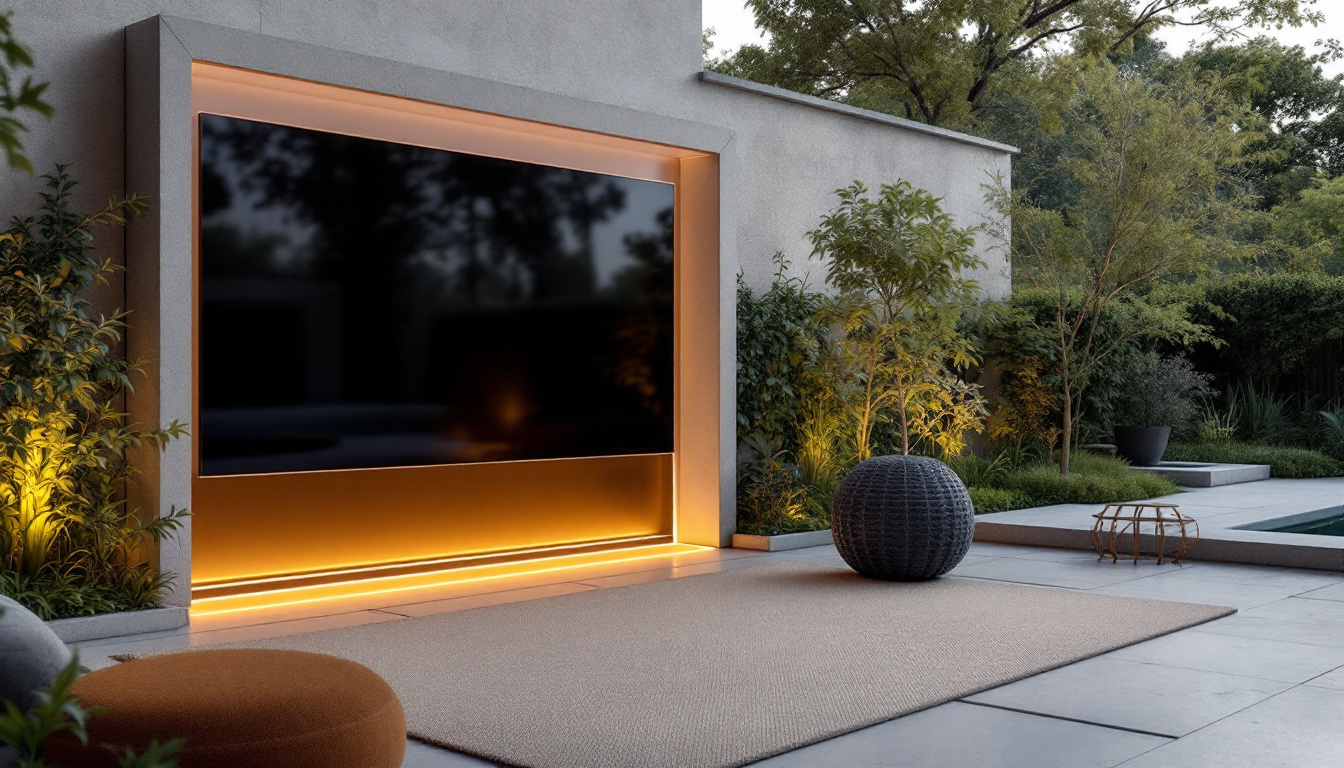In today’s fast-paced digital world, capturing attention quickly and effectively is more crucial than ever. Video signage, particularly through LED displays, has emerged as a powerful medium for advertising, information dissemination, and entertainment. This article explores the technology behind LED video signage, its applications, benefits, and considerations for businesses and organizations looking to leverage this dynamic communication tool.
Understanding LED Display Technology
What is an LED Display?
LED stands for Light Emitting Diode, a semiconductor device that emits light when an electric current passes through it. An LED display is a flat panel that uses an array of LEDs as pixels to create images, videos, or text. Unlike traditional LCD or projection screens, LED displays emit their own light, making them brighter and more visible in various lighting conditions.
LED displays can vary in size from small digital billboards to massive outdoor video walls spanning thousands of square feet. The modular design of LED panels allows for flexible configurations, enabling custom shapes and sizes to fit specific environments and purposes. This adaptability has led to their widespread use in various applications, from advertising and entertainment to information displays in public spaces. The vibrant colors and high contrast ratios of LED displays also enhance viewer engagement, making them an ideal choice for businesses looking to capture attention.
Types of LED Displays
There are primarily two categories of LED displays used in video signage: indoor and outdoor. Indoor LED displays typically have a higher pixel density and smaller pixel pitch, meaning the LEDs are closer together, resulting in sharper images suitable for close viewing distances. Outdoor LED displays, on the other hand, have a larger pixel pitch to accommodate longer viewing distances and are built to withstand weather conditions such as rain, wind, and extreme temperatures. These outdoor models often feature protective coatings and rugged casings to ensure durability and longevity, making them a reliable choice for advertising in bustling urban environments.
Another important distinction is between direct view LED and LED-backlit LCD displays. Direct view LED screens use LEDs as the actual pixels, providing superior brightness and color vibrancy. LED-backlit LCDs use LEDs only as a backlight source behind an LCD panel, which generally results in lower brightness and contrast compared to direct view LED. The choice between these technologies often depends on the specific needs of the application; for instance, direct view LED displays are favored in environments where visibility is paramount, such as concerts and sports arenas, while LED-backlit LCDs might be used in settings where space and cost are more critical considerations.
Moreover, advancements in LED technology have led to innovations such as flexible LED displays, which can bend and curve to fit unique installations. This flexibility opens up new creative possibilities for designers and advertisers, allowing for immersive experiences that were previously unattainable. Additionally, developments in energy efficiency mean that modern LED displays consume less power while delivering enhanced performance, making them not only a visually appealing option but also a more sustainable choice for businesses aiming to reduce their environmental footprint.
Applications of LED Video Signage
Advertising and Marketing
LED video signage has revolutionized outdoor advertising. High-traffic urban areas like Times Square in New York or Piccadilly Circus in London are iconic examples where massive LED billboards deliver vibrant, dynamic advertisements that capture the attention of millions daily. According to a study by the Outdoor Advertising Association of America, digital out-of-home (DOOH) advertising, which includes LED signage, has grown steadily, expected to reach $6 billion in revenue by 2025 in the US alone.
Businesses use LED signage to promote products, announce sales, and build brand awareness. The ability to display video content, animations, and real-time updates makes LED signage more engaging than static billboards, increasing recall and conversion rates. Moreover, the flexibility of LED displays allows advertisers to tailor their messages based on time of day, weather conditions, or even current events, ensuring that the content remains relevant and impactful. For instance, a coffee shop might showcase a warm beverage advertisement during a chilly morning, capitalizing on the immediate context to drive foot traffic.
Information Display and Public Communication
Beyond advertising, LED displays serve critical roles in public communication. Airports, train stations, and bus terminals use LED video signage to provide real-time schedules, alerts, and wayfinding information. This helps improve passenger experience by delivering timely and clear updates. The integration of LED signage with mobile apps further enhances this experience, allowing travelers to receive notifications directly on their devices, ensuring they never miss an important announcement.
In sports arenas and concert venues, LED video walls enhance the spectator experience by showing live action replays, scores, and interactive content. The immersive nature of these displays can transform a simple game into a multi-sensory experience, engaging fans in ways that traditional screens cannot. Similarly, corporate lobbies and conference centers utilize LED signage for branding and event information, often incorporating live social media feeds or audience interaction polls to foster a sense of community and engagement among attendees.
Retail and Hospitality
Retailers increasingly adopt LED video signage inside stores to create immersive shopping environments. Dynamic displays can highlight promotions, demonstrate product features, or entertain customers while they shop. This technology also supports interactive experiences, such as touch-enabled displays or integration with mobile devices. For example, a clothing store might employ LED screens to showcase a fashion show, allowing customers to see how outfits look in motion, thereby enhancing the shopping experience and encouraging purchases.
In the hospitality sector, hotels and casinos use LED signage for wayfinding, event schedules, and promotional content, enhancing guest engagement and satisfaction. The versatility of LED displays allows for the seamless integration of art and design, transforming lobbies into visually stunning environments that reflect the brand’s identity. Additionally, restaurants can utilize LED menus that not only display food items but also feature tantalizing images and videos of dishes, enticing diners and potentially increasing order sizes. This innovative approach not only streamlines operations but also creates a more engaging atmosphere for guests, making their experience memorable and enjoyable.
Benefits of LED Video Signage
High Visibility and Brightness
One of the most significant advantages of LED displays is their exceptional brightness. LEDs can achieve luminance levels far exceeding those of LCD or projection screens, making them visible even in direct sunlight. This quality is essential for outdoor signage where ambient light conditions vary throughout the day.
Energy Efficiency and Longevity
LED technology is renowned for its energy efficiency. LEDs consume less power than traditional lighting and display technologies, reducing operational costs. Additionally, LED displays have a long lifespan, often exceeding 100,000 hours of use, which translates to years of reliable service with minimal maintenance.
Flexibility and Customization
The modular nature of LED panels allows for virtually unlimited customization in terms of size, shape, and resolution. This flexibility enables businesses to design signage solutions tailored to their specific spatial and branding needs. Content can be updated remotely and instantly, allowing for dynamic messaging that can adapt to different times of day, events, or target audiences.
Enhanced Engagement Through Dynamic Content
Static signs are limited in their ability to attract attention. LED video signage can display moving images, animations, and videos, which are naturally more eye-catching and memorable. Interactive capabilities, such as touchscreens or integration with mobile apps, further increase viewer engagement and provide valuable data insights for marketers.
Key Considerations When Choosing LED Video Signage
Pixel Pitch and Resolution
Pixel pitch refers to the distance between the centers of two adjacent LEDs. It directly affects the resolution and clarity of the display. Smaller pixel pitches produce higher resolution images suitable for close viewing distances, while larger pixel pitches are appropriate for displays viewed from afar.
Choosing the right pixel pitch depends on the installation environment and the typical viewing distance. For example, an indoor retail display viewed from a few feet away might require a pixel pitch of 1.5 mm or less, whereas an outdoor billboard viewed from hundreds of feet away might use a pixel pitch of 10 mm or more.
Brightness and Weather Resistance
For outdoor installations, brightness levels typically range from 5,000 to 10,000 nits to ensure visibility in daylight. Additionally, outdoor LED displays must be rated for weather resistance, often with an IP65 or higher rating, to protect against dust and water ingress.
Content Management Systems (CMS)
Effective use of LED video signage requires robust content management software. A CMS allows users to schedule, update, and manage content remotely across multiple displays. Features such as real-time data integration, content templates, and user access controls enhance operational efficiency and content relevance.
Installation and Maintenance
Proper installation is critical for optimal performance and longevity. This includes structural support, electrical wiring, and environmental controls such as ventilation or cooling systems. Maintenance considerations include easy access for repairs, regular cleaning to prevent dust buildup, and software updates to ensure security and functionality.
Future Trends in LED Video Signage
MicroLED and MiniLED Technologies
Emerging LED technologies like MicroLED and MiniLED promise even higher resolution, better color accuracy, and improved energy efficiency. MicroLEDs are significantly smaller than traditional LEDs, allowing for displays with ultra-fine pixel pitches and exceptional image quality, potentially rivaling OLED displays in the near future.
Integration with AI and IoT
Artificial intelligence and Internet of Things (IoT) integration are transforming LED signage into smart communication platforms. AI can analyze audience demographics and behavior to tailor content dynamically, while IoT connectivity enables real-time data feeds such as weather updates, social media streams, or inventory levels.
Augmented Reality and Interactivity
Interactive LED signage combined with augmented reality (AR) is creating immersive experiences that engage users on a deeper level. For example, retail stores can use AR-enabled LED displays to allow customers to virtually try on products or visualize items in different settings, enhancing the shopping experience.
Conclusion
LED video signage represents a versatile and impactful medium for communication across industries. Its superior brightness, flexibility, and dynamic content capabilities make it an essential tool for businesses aiming to captivate audiences and convey messages effectively. As technology advances, LED displays will continue to evolve, offering even more innovative ways to engage and inform.
For organizations considering LED video signage, understanding the technology, applications, and key factors influencing performance is crucial to making informed decisions that maximize return on investment and audience impact.
Discover LumenMatrix’s Innovative LED Display Solutions
Ready to elevate your brand’s presence and captivate your audience with high-impact visual displays? Look no further than LumenMatrix, a pioneer in the field of LED display technology. Our comprehensive range of products, from Indoor and Outdoor LED Wall Displays to specialized solutions like Vehicle LED Displays and LED Sports Displays, are designed to create immersive and dynamic environments. Whether you need a Custom LED Display or an All-in-One LED Display solution, LumenMatrix is committed to transforming your visual communication strategy. Check out LumenMatrix LED Display Solutions today and experience the future of digital signage.

